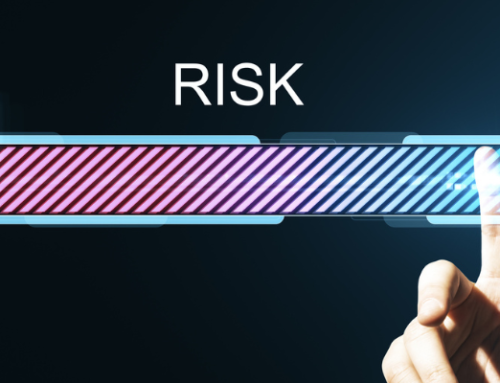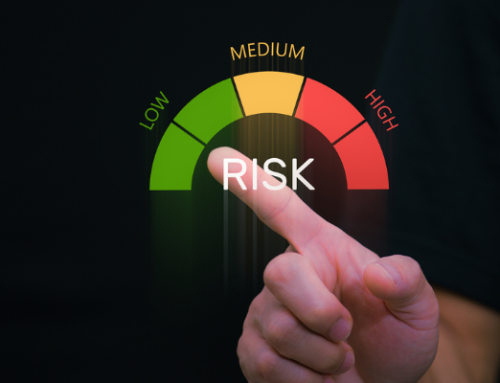By Antonina McAvoy, CISA, CISM, QSA, PCIP
In an era where digital transformation is accelerating at an unprecedented pace, cybersecurity frameworks are the bedrock of robust risk management strategies. The recent release of the National Institute of Standards and Technology (NIST) Cybersecurity Framework (CSF) 2.0 marks a significant milestone in the evolution of cybersecurity standards. Our Cyber & Risk Advisory practice is excited to unpack the key updates in NIST CSF 2.0 and explore how these changes will shape the future of cybersecurity and risk management.
The Evolution of NIST CSF
Since its inception in 2014, the NIST CSF has been a critical tool for organizations striving to manage and mitigate cybersecurity risks. The framework’s core principles—Identify, Protect, Detect, Respond, and Recover—provide a structured and comprehensive approach to cybersecurity. With the release of CSF 2.0, NIST has introduced enhancements that address emerging threats, technological advancements, and the evolving needs of organizations across various sectors.
Key Updates in NIST CSF 2.0
1. Enhanced Emphasis on Governance
One of the most notable changes in NIST CSF 2.0 is the elevated focus on governance. The updated framework underscores the importance of integrating cybersecurity into enterprise risk management (ERM) and corporate governance processes. By embedding cybersecurity considerations into the broader risk management strategy, organizations can ensure a more cohesive and strategic approach to safeguarding their digital assets.
2. Expanded Guidance on Supply Chain Risk Management
In today’s interconnected world, supply chain vulnerabilities have become a significant concern. CSF 2.0 expands its guidance on supply chain risk management, emphasizing the need for organizations to assess and mitigate risks associated with third-party vendors and partners. This proactive approach helps in building resilient supply chains that can withstand and recover from cyber incidents.
3. Inclusion of New Technologies and Trends
The rapid evolution of technology necessitates a framework that is adaptable and forward-looking. CSF 2.0 includes considerations for emerging technologies such as artificial intelligence (AI), Internet of Things (IoT), and cloud computing. This inclusion ensures that the framework remains relevant and provides practical guidance for organizations leveraging these advanced technologies.
4. Greater Focus on Measurement and Metrics
CSF 2.0 introduces a stronger emphasis on the importance of metrics and measurement in cybersecurity. By defining clear metrics and performance indicators, organizations can better assess their cybersecurity posture, track improvements, and demonstrate compliance to stakeholders. This data-driven approach facilitates continuous improvement and accountability in cybersecurity practices.
5. Improved Usability and Integration
NIST has made significant strides in enhancing the usability and integration of the framework. The updated version includes more detailed implementation guidance and practical examples, making it easier for organizations of all sizes and industries to adopt and tailor the framework to their specific needs. This user-centric approach ensures that the framework is not only comprehensive but also accessible.
The High Cost of Inaction
Failing to proactively implement the new guidance from NIST CSF 2.0 can have significant monetary repercussions for organizations. Here are some of the potential financial impacts:
- Data Breaches and Fines: Cyber incidents can lead to substantial financial losses through direct theft of funds, sensitive data breaches, and regulatory fines. In 2023, the average cost of a data breach was estimated at $4.45 million.
- Operational Disruptions: Cyber-attacks can cause major operational disruptions, leading to lost productivity and revenue. Ransomware attacks, for instance, can halt business operations entirely until the ransom is paid, or systems are restored.
- Reputation Damage: The fallout from a cyber incident can damage an organization’s reputation, resulting in lost customers and decreased market value. The long-term impact on customer trust can be particularly devastating.
- Legal Costs: Organizations may face lawsuits from customers, partners, or investors if it is found that they did not adequately protect sensitive information or failed to comply with cybersecurity regulations.
- Increased Insurance Premiums: Cyber insurance premiums are likely to rise significantly for organizations that do not demonstrate robust cybersecurity practices, increasing ongoing operational costs.
Call to Action: Strengthen Your Cybersecurity Posture
The release of NIST CSF 2.0 on February 26, 2024 is the first major update in a decade and represents a significant advancement in the field of cybersecurity, providing organizations with a robust, flexible, and comprehensive framework to manage and mitigate cyber risks. As we continue to navigate an increasingly digital world, the principles and guidance outlined in CSF 2.0 will be instrumental in shaping the future of cybersecurity and ensuring the resilience of organizations across the globe.
At PBMares’ Cyber & Risk Advisory practice, we are committed to helping our clients understand and implement these critical updates, empowering you to stay ahead of threats and thrive in the digital age. Don’t let your organization fall behind. Contact our team of experts today to learn how we can assist you in integrating NIST CSF 2.0 into your cybersecurity strategy and annual risk assessments. Let’s work together to secure your digital future.





